Twelve of Scotland's most stunning castles
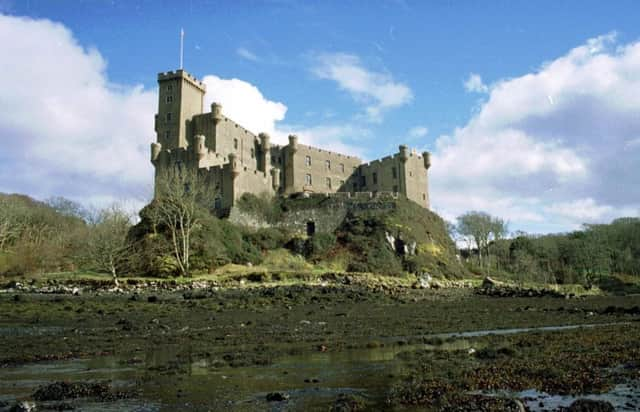

1. Urquhart Castle, Dumnadrochit, Highlands
A must visit for those planning a trip to Loch Ness, Urquhart was once one of Scotland’s largest castles. The castle switched hands between the Scots and English on numerous occasions during the Scottish Wars of Independence and has witnessed many a battle in its 800-year history. Urquhart was partially destroyed in 1692 to prevent its use by Jacobite forces. The ruins now serve as a major tourist attraction.
2. Dunvegan Castle, Isle of Skye
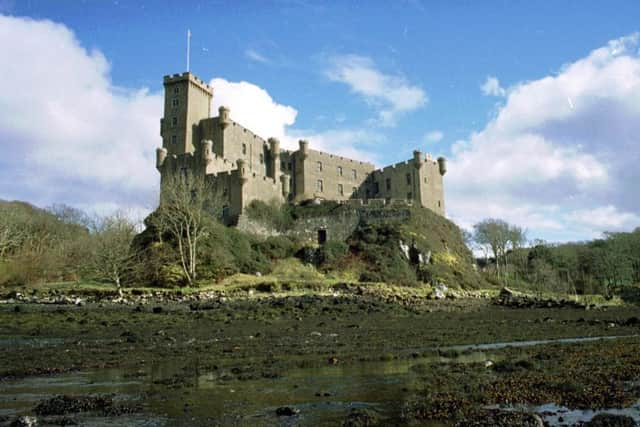

Occupying a windswept rock on the western side of the Isle of Skye, Dunvegan Castle is widely-regarded to be one of Scotland’s most stunning fortresses.
Advertisement
Hide AdAdvertisement
Hide AdIt was first built in the 13th century but was substantially renovated in later centuries. Held at Dunvegan is the Fairy Flag, an heirloom of the chiefs of the Clan MacLeod, who used the castle as their ancestral home for a time. The Fairy Flag was used by servicemen during the Second World War as a good luck token before bombing raids. Dunvegan is also famous for being the oldest continually inhabited castle in the country.
3. Glamis Castle, Angus
Founded in 1372, Glamis Castle near Forfar has a long and illustrious history, and no ancient Scots castle would be complete without a ghostly apparition or dark secret. In the 1800s, the wife of the 12th Earl of Strathmore gave birth to a son who was so badly deformed that they locked him away in a secret room, never to see the light of day. On moonlit nights, a servant would walk the ‘monster’ along the castle’s battlements, known as “The Mad Earl’s Walk”. Glamis was also referenced by William Shakespeare as being the home of the Scots king MacBeth - although there is no concrete evidence to support this.
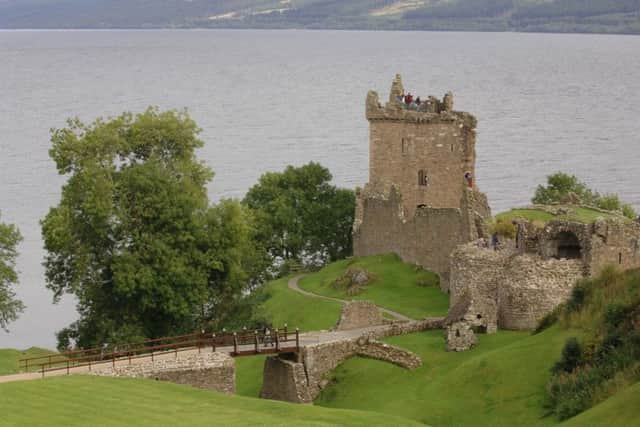

The castle was heavily remodelled in the 17th and 19th centuries, and the current Scots baronial pile is regarded as one of the country’s most stunning architectural landmarks.
4. Dunrobin Castle, Highlands
Dunrobin’s roots go back to the Middle Ages, though the current building dates from the mid-1800s. It was designed by renowned architect Charles Barry, who took his inspiration from the classic French chateaus. Barry was also responsible for the design and layout of the castle’s spectacular gardens as it was transformed from a defensive structure into a stunning residence. The castle has been besieged on two occasions and was also stormed during the Jacobite rebellion of 1745.
5. Stirling Castle, Stirling, Stirlingshire
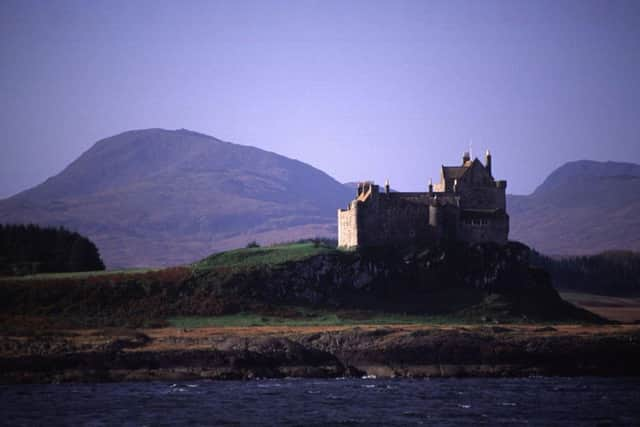

Founded in the early 12th century, though mostly rebuilt two centuries later, Stirling Castle is one of Scotland’s most important and regularly visited historic sites.
Situated on a rocky outcrop high above the Stirlingshire plains, the castle cuts a fine figure, and is similar in visual style to Edinburgh Castle.
The impressive fortress changed hands countless times during the Wars of Scottish Independence. When Robert the Bruce regained control of the castle after the Battle of Bannockburn he ordered it to be razed to the ground so that it could never be used against him by the English ever again.
Advertisement
Hide AdAdvertisement
Hide AdOne of its most violent incidents, however, occurred in 1452, when the body of William Earl of Douglas was discovered at the foot of a tower.
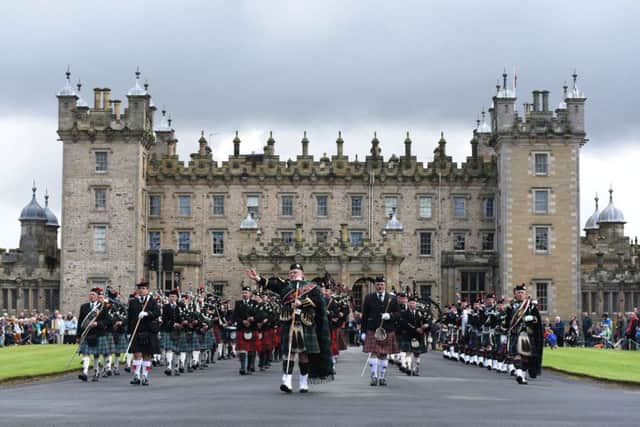

The 27-year-old earl was a close friend of the young King James II, but at some point - and we don’t know over what exactly - they fell out and their friendship turned sour.
Aided by his courtiers, James II murdered William in the most brutal fashion imaginable. His body was stabbed 26 times before being thrown from a castle window into the garden below.
Stirling Castle boasts the world’s longest tapestry - the elaborate Great Tapestry of Scotland, which was created in a series of community art projects by a team of 1,000 volunteers.
6. Dunottar Castle, Aberdeenshire
It’s regarded as one of Scotland’s most spectacular historic sites, but Dunottar Castle in Aberdeenshire has endured a torrid past.
It was recaptured in 1297 following a lengthy siege orchestrated by none other than William Wallace.
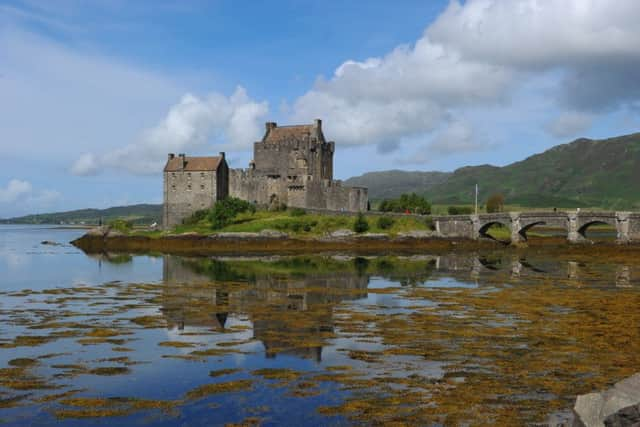

No mercy was shown. Wallace ransacked the castle before rounding up the English soliders in the church and setting it alight. It is thought that 4,000 men were burned to death. Some managed to escape, but their only option was to dive off the steep cliff and on to the rocks below.
Advertisement
Hide AdAdvertisement
Hide AdThe poet Bind Harry wrote about the chilling incident in his 15th century epic ‘Wallace’:
Therefore a fire was brought speedily
Which burnt the church, and all those South’ron boys
Out o’er the rock the rest rush’d great noise
Some hung on craigs, and loath were to die
Some lap, some fell, some flutter’d in the sea
And perish’d all, not one remain’d alive.
7. Duart Castle, Isle of Mull
Heroically guarding the sea cliffs off the Isle of Mull, Duart Castle is the seat of the Clan MacLean and dates back to the 13th century. It has been rendered to rubble on numerous occasions, and although the current incarnation is comprised of ancient foundations, it was brought back from ruin in 1911 after being purchased by Sir Fitzroy Maclean. The castle was also used as the basis for the clan’s keep in the Disney movie Brave.
8. Stalker Castle, Argyll
Set on a tidal islet on Loch Laich in Argyll, Stalker Castle can trace its origins back to the 14th century. It was initially under Stewart ownership and it is recorded that King James IV used it as a base when out hunting. The name ‘Stalker’ is derived from the Gaelic ‘Stalcaire’, which translates as ‘hunter’ in English. The castle came to prominence in the 1970s when it featured in the film Monty Python and the Holy Grail. Stalker Castle is privately owned, though a limited number of tours are available throughout the year.
9. Balmoral Castle, Aberdeenshire
Balmoral Castle is a large stately home in Royal Deeside, Aberdeenshire. The original castle dated from the 15th century, but was demolished in 1853 after Prince Albert Consort and Queen Victoria deemed it to be too small. A new castle was ordered to be constructed in the Scots Baronial style 100 yards away from where the 15th century building was situated. Prince Albert and Queen Victoria famously used Balmoral as their summer retreat and it has remained a favoured royal residence ever since.
10. Floors Castle, Kelso
Located in Roxburghshire, Floors Castle was built in the 1720s by the architect William Adam for the 1st Duke of Roxburghe, and later remodelled in the baronial style by William Henry Playfair. James II is said to have been killed in the grounds when a cannon exploded during the siege of Roxburghe in 1460. Floors is notable for its stately exterior and ostentatious interior, filled with French furniture, porcelain and antique art. It is Scotland’s largest inhabited castle and its handsome castellated towers and beautifully-landscaped gardens place it firmly among the nation’s most stunning historic buildings.
11. Eilean Donan Castle, Kyle of Lochalsh, Highlands
As picturesque as they come. Eilean Donan has featured in countless numbers of postcards and TV adverts to help promote Scotland. It was founded in the 13th century and is located on a small outcrop at a point where three sea lochs, Loch Duich, Loch Long and Loch Alsh, meet. The castle was largely destroyed in the 18th century during the Jacobite rebellions, but was faithfully rebuilt two centuries later. Its rustic design and dramatic backdrop marks it out as one of the country’s most beautiful castles.
12. Edinburgh Castle, Edinburgh, Midlothian
The most famous castle on our list belongs to the nation’s ancient capital city, Edinburgh. Located atop a steep volcanic plug, the fortress looms high over the city and can be seen in all its glory from Edinburgh’s many hills. Although parts of the castle, such as St Margaret’s Chapel, date from the 12th century, much of the building as seen from Princes Street was only built a little over 120 years ago. The south face of the castle, however, is much older. The iconic half moon battery was constructed in the late 16th century in an effort to strengthen the castle in the event of siege.